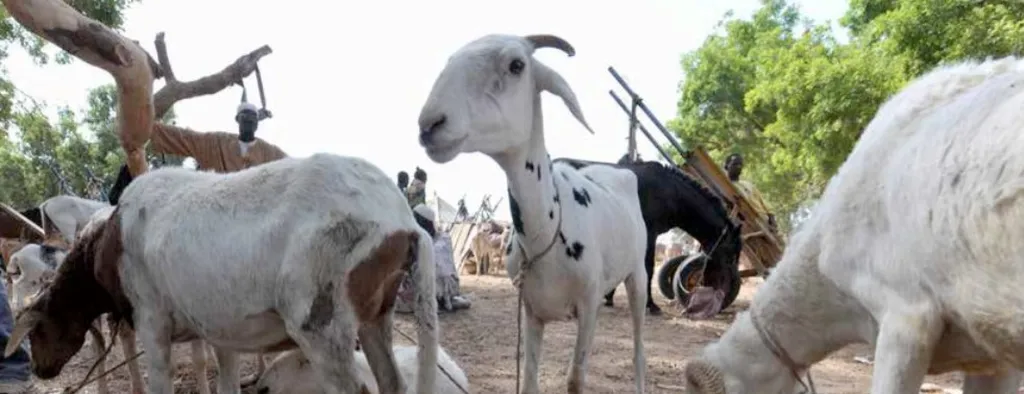In the vast landscapes of Asia, where small ruminants like sheep and goats are a cornerstone of rural livelihoods, a silent predator lurks—one that threatens not just the animals but the economic stability of entire regions. Peste des petits ruminants (PPR), a highly contagious viral disease, has been wreaking havoc across Asia, the Middle East, and Africa, and its impact on the agriculture sector is profound. A recent review published in *Slovenian Veterinary Research* sheds light on the regional epidemiology and associated risk factors of PPR, offering a roadmap for control and eventual eradication.
PPR, caused by the PPR virus (PPRV), belongs to the genus Morbillivirus of the family Paramyxoviridae. The disease is endemic in vast swathes of the developing world, posing a significant obstacle to sustainable agriculture. “PPR is a major economic burden,” says Munibullah, lead author of the study and a researcher at the State Key Laboratory of Veterinary Etiological Biology, Lanzhou Veterinary Research Institute, Chinese Academy of Agricultural Sciences. “It affects the livelihoods of millions of small-scale farmers who rely on these animals for their income and sustenance.”
The review comprehensively discusses the regional epidemiology of PPR outbreaks and associated risk factors, including animal factors such as age, species, and sex, as well as environmental factors like season and spatial distribution. Trade-associated factors are also scrutinized, highlighting the interconnectedness of the global agricultural market.
The economic impact of PPR is staggering. The disease leads to significant losses in livestock productivity, increased veterinary costs, and trade restrictions that can cripple local economies. “The burden of PPR is not just economic; it’s developmental,” Munibullah explains. “It hampers the progress of affected countries, making it crucial to address this issue through regional cooperation and targeted interventions.”
The Food and Agriculture Organization (FAO) and the World Organization for Animal Health (OIE) have set an ambitious goal to eradicate PPR globally by 2030. This review underscores the importance of regional collaboration and the implementation of tailored roadmaps for the control and elimination of PPRV. By understanding the epidemiology and risk factors, countries can develop more effective strategies to combat the disease.
The findings of this review could shape future developments in the field by providing a clearer picture of the challenges and opportunities in PPR control. It emphasizes the need for coordinated efforts, innovative technologies, and robust surveillance systems. As Munibullah notes, “The path to eradication is complex, but with the right strategies and regional cooperation, it is achievable.”
In the fight against PPR, knowledge is power. This review not only highlights the current state of the disease but also points the way forward, offering hope for a future where small ruminants can thrive without the constant threat of PPR. For the agriculture sector, this means improved productivity, economic stability, and a brighter outlook for millions of farmers.

